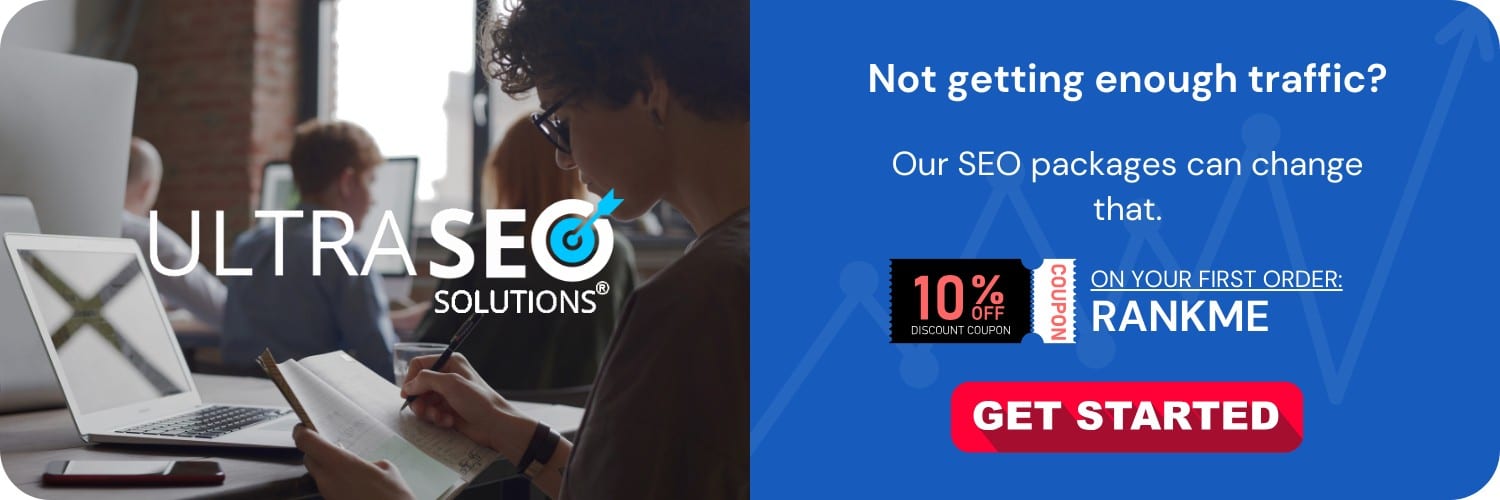
Personalization in SEO refers to the customization of content and search results for individual users based on their preferences, search history, location, and other personalized data. This strategy affects SEO by potentially altering the ranking of websites in search results for different users and increasing engagement by delivering more relevant and tailored content. Personalized search results are designed to improve user experience, but they also create a unique challenge for website owners and SEO professionals as the ‘one-size-fits-all’ approach to SEO is less effective.
Understanding Personalization in Modern SEO
Search personalization aims to enhance the user experience on search engines by offering results more in line with what the user might be seeking. Google and other search engines have increasingly incorporated user signals, such as past search queries, click-through behavior, and geographic location, to tailor search results for each user. This means that two different individuals searching for the same term might see different results based on their personal data and online behavior.
The Role of AI and Machine Learning
Artificial intelligence (AI) and machine learning technologies have become integral to the personalization of search results. Algorithms are continually learning from vast amounts of data to predict what results will be most useful to a user based on their unique patterns and preferences. This dynamic nature of search results has a deep impact on how SEO strategies are formulated and executed.
User Data and Its Impact
Information such as search history, the device used for searching, the type of content interacted with, and even the time of the day plays a crucial role in personalizing search results. Websites that can tap into this user data, either through their own analytics or by aligning with user behavior patterns recognized by search engines, may see better engagement and improved search performance.
SEO Strategies in a Personalized Search Landscape
SEO practitioners must account for the effect of personalization on the visibility of their content. Traditional ranking factors like keywords, backlinks, and meta tags remain significant, but the individualized user experience cannot be overlooked.
Creating a Personalized User Experience
Websites should aim to tailor their content and user experience to the visitor’s needs and preferences. This involves employing tactics such as dynamic content delivery, user segmenting, and predictive user behavior analysis to deliver more relevant content.
- Dynamic Content Delivery: Serve content variations based on user data, such as their location or behavior on your website.
- User Segmenting: Group users with similar behavior patterns and preferences to customize their experience more effectively.
- Predictive Analytics: Use tools and algorithms to anticipate user needs and present content that aligns with predicted interests.
Local SEO and Personalization
Location data is a primary factor in personalization. The emphasis on local SEO is, thus, more important than ever. Businesses must ensure their local listings are accurate and complete, engage with local search features, like Google My Business, and create content with a local angle when relevant.
Mobile Optimization
With an increasing number of searches being done on mobile devices, personalization is also heavily influenced by mobile usage patterns. Ensuring mobile-friendliness is a key aspect of catering to personalized search results, which value the user’s device type when delivering results.
The Importance of Data Privacy in Personalization
With great power comes great responsibility. The more personalized the search experience, the more user data is utilized. Concerns over data privacy mean that websites and search engines need to balance personalization with respect for user privacy. Overstepping can lead not only to a loss of trust but also potential legal repercussions under regulations like GDPR and CCPA.
Navigating SEO While Respecting Privacy
SEO strategies must be adjusted to account for both user experience through personalization and user privacy. This involves:
- Transparent data collection and usage policies.
- Providing users with options to control their data.
- Implementing privacy-first tracking technologies.
Personalization’s Impact on Content Creation and Keyword Optimization
The rise of personalization means that the emphasis on broad keyword targeting is waning. Instead, content needs to be crafted in a way that not only targets specific keywords but also addresses user intent and provides value to different segments of an audience.
Long-Tail Keywords and User Intent
Utilizing long-tail keywords that are more specific and often conversational can help cater to personalized search queries. These detailed phrases align closely with user intent and can attract highly targeted traffic that converts better.
Content Varied by User Segment
Instead of creating one-size-fits-all content, organizations benefit from producing a variety of content aimed at different user segments. This diversification can help meet the personalized needs of various users across the search landscape.
Continual Content Optimization
SEO is not a ‘set it and forget it’ field—especially with personalization. Content should be regularly evaluated and optimized based on performance metrics and changing user behavior to ensure it remains relevant to individual users.
Tracking Personalized SEO Performance
Measuring the success of SEO efforts in a personalized world can be elusive. Performance must be evaluated across different segments, devices, and locations.
Advanced Analytics
Employ advanced analytics tools that can segment data, track user journeys, and measure engagement across personalized content variations. This will help in understanding what is working and what isn’t for different user clusters.
Attribution and Conversion Tracking
Incorporate attribution models to understand how various SEO tactics contribute to conversions in a personalized environment. This can lead to more pinpointed SEO that caters to the specific behaviors leading to success.
Finishing Thoughts
Personalization has undoubtedly altered the SEO landscape, making it imperative for businesses and marketers to adapt their strategies. By crafting a personalized user experience, respecting user privacy, continually optimizing content, and tracking performance through nuanced metrics, businesses can thrive in an SEO environment that is becoming increasingly tailored to the individual.
Balancing the benefits of personalization with its challenges means adopting an SEO outlook that favors agility, relevance, and respect for the end-user. In an era where each user’s search experience can be significantly different, success in SEO relies on understanding and adapting to these personalized elements to reach your audience effectively.“`html
Frequently Asked Questions
What is Personalization in SEO?
Personalization in SEO refers to the practice of customizing the content and
user experience of a website based on the individual characteristics, preferences,
and behavior of users. This can include presenting tailored product recommendations,
content adjustments, or layout changes based on the user’s past interactions,
demographic data, or device type.
Does Personalization Directly Impact SEO Rankings?
Personalization itself does not directly impact traditional SEO rankings.
Search engines typically index the default version of a webpage that is displayed
to all users. However, a personalized user experience can indirectly affect SEO
by improving user engagement metrics such as time on site, bounce rate, and click-through
rates, which can signal to search engines that the website provides value to users.
Can Personalization Lead to a Better User Experience?
Yes, personalization can significantly enhance the user experience by making content
more relevant and engaging for the individual. This can result in longer visits, more
interaction with the site, and higher conversion rates. These positive user signals
can indirectly contribute to better SEO as they indicate the site’s relevance and
usefulness to search engines.
How Can Personalization Improve Click-Through Rates (CTR)?
Personalization can improve Click-Through Rates by showing more relevant and
targeted headlines, meta descriptions, and content snippets in search engine results.
If a user sees personalized and relevant information, they are more likely to click
on your link instead of a generic one.
Will Personalizing Content Create Duplicate Content Issues?
Personalization does not inherently create duplicate content issues as long as the
underlying content is not duplicated across different URLs. Search engines typically
see the default, non-personalized version of your content, so as long as this
remains unique, there should not be a problem.
Is It Necessary to Personalize Content for Every User?
It’s not necessary to personalize content for every user, but segmenting your
audience and personalizing content for different groups can be beneficial.
You can create more effective and engaging experiences for users by recognizing
differences in their behavior, location, and preferences.
Can Personalization Conflict with Privacy Regulations?
Personalization must be handled with care to comply with privacy regulations like
GDPR or CCPA. These regulations require transparency about how personal data is
collected, used, and stored. Obtaining explicit consent from users before collecting
personal data is essential for compliance.
Should Every Website Implement Personalization?
While personalization can be beneficial, it may not be necessary or practical for
every website. Websites with a broad audience and diverse content might benefit
more from personalization. E-commerce sites, in particular, can see significant
benefits from personalizing the shopping experience.
How Can I Measure the Impact of Personalization on SEO?
Measuring the impact of personalization on SEO can be challenging due to the
indirect nature of its effects. However, looking at analytics for changes in user
behavior can be telling. Metrics to watch include bounce rate, time on page, pages
per session, and conversion rates. If you see improvements in these areas after
implementing personalization, it’s likely having a positive effect.
Are There SEO Tools That Help with Personalization?
There are various SEO and marketing tools that assist with personalization by providing
insights into user behavior and preferences. These tools can help segment audiences,
test different personalized scenarios, and track the results. Some popular examples include
Google Analytics, Optimizely, and Adobe Target. Keep in mind, these tools should be
used in compliance with privacy laws and regulations.
“`






